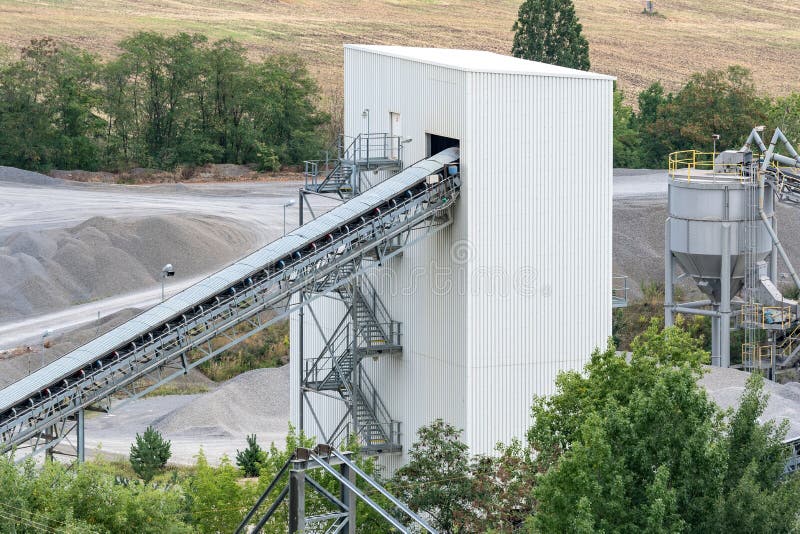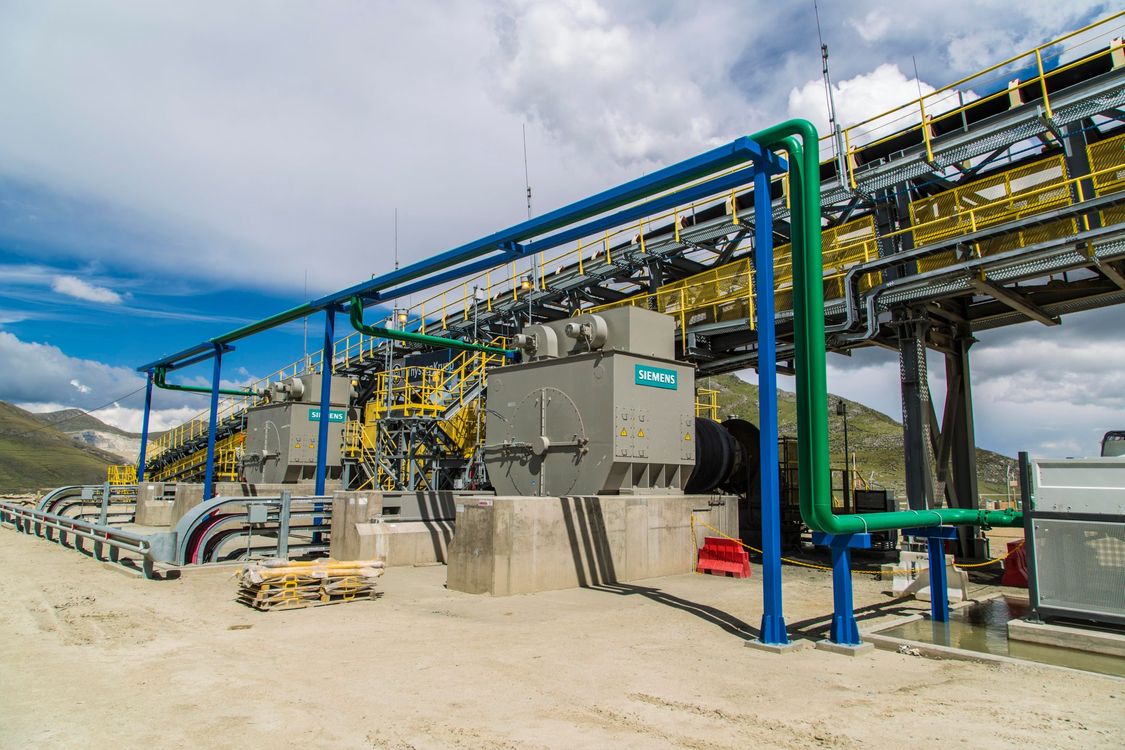What Does Overland Conveyors Do?
Table of ContentsOverland Conveyors - An OverviewFacts About Overland Conveyors RevealedOverland Conveyors Fundamentals ExplainedOverland Conveyors for BeginnersOverland Conveyors Things To Know Before You Buy
Industrial conveyor systems can be discovered nearly anywhere virtually all manufacturing and also handling industries need a safe, trustworthy, automatic way of transferring products or items from one place to another within the exact same manufacturing center. It does not matter if the item in question is ground coffee or an automobile framework product dealing with systems are an important part of production. These will identify what sort of communicating is best suited for your production processes. Each conveyor comes with its very own collection of advantages and disadvantages that you need to meticulously consider prior to making the decision. Right here are seven basic kinds of commercial conveyors and what you can anticipate from them.At the very same time, if product integrity is not of essence (such as in transporting waste), augers have few relocating parts and also are simple to keep and clean. The foundation of an aero-mechanical system is the generation of a centrifugal pressure. This kind of conveyor includes a tube (generally constructed from steel) with an inside circulating rope.

The 6-Minute Rule for Overland Conveyors
You can see them at flight terminals, transferring travel luggage, at restaurants, carrying food (especially sushi restaurants), at ski facilities, carrying individuals as well as their ski tools, and also a lot more. A belt conveyor can be confined to stop contamination and also loss of product, yet also be open if it becomes part of production line.
As their name suggests, chain conveyors utilize an endless chain to deliver product down a manufacturing line. The chain runs over sprockets at each end of the line, and it can have special attachments. The most usual application for chain conveyors is the motion of heavy lots large products that are extremely vast or long (or both), such as industrial containers, grid boxes, and also pallets.
They are also not ideal for bulk products because food as well as comparable materials can accumulate in the chains as well as come to be a breeding place for microorganisms. Wire conveyor systems are best for maintaining product stability as well as minimizing direct call with food materials, especially in tubular wire conveyors. These systems relocate product with a sealed tube with the help of an adaptable, coated stainless-steel drag wire.
Overland Conveyors - Truths
Cable television conveyors can relocate material in any type of direction you need up and down, horizontally, at angles, as well as around edges. These systems are additionally relatively simple to keep because they have removable conveyor components - Overland Conveyors.
Take into account the size and height of the system contrasted to the flooring room of your center, as well as the type of material you desire to be conveyed. try these out Is it a fragile, powdered product? Loosened product?
Introduction The full guide to conveyor systems on the internet. Conveyor System Needs Kinds of Conveyor Systems Just How Does a Conveyor System Work?
The Definitive Guide for Overland Conveyors

Lots Capacity: Once the system has been outlined and provided a pattern, it has actually to be identified what will certainly be the amount of materials it can bring. Overwhelming a system can damage it or trigger it to drop in the middle of its operation. Variables that affect the load capability are overall length and also bed size along with the drive system.
The average rate of the majority of sharing systems is 65 fpm, which is how fast a person moves when bring a 50 pound. Powder or Fluid Product Handling: Powdered material handling has a various collection of criteria from conveying systems that handle solid bulky items.
Little Known Facts About Overland Conveyors.
Movement of powdered, granular, and chip type products can have dust build up, which is considered in system style and also why not try here may demand some form of filtering. Similar to various other conveying systems, a cautious exam of the qualities of the material is required - Overland Conveyors. Arrangement: Sharing systems been available in a wide range of shapes, layouts, sizes, and forms.

Because each system is developed to fit an unique application, it would be impossible to cover every one of the different setups. What is essential to recognize is that there are very couple of limitations on adding a communicating system, regardless of the application. Drive System: The drive of an automated sharing system is the power that moves products.
They can be created to move items in both instructions and be found in the center, end, or start of the system. Overhead systems, though they have comparable drives, have ones that may be chain or sprocket driven. Liquids, granular products, as well as powders may have conveying systems that utilize pneumatic power or screw drives.